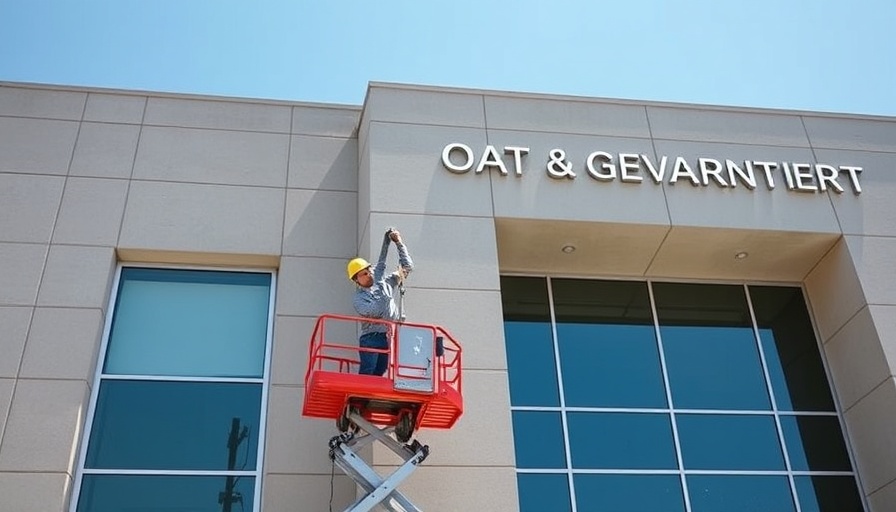
Federal Judge Halts Trump's USAID Employee Leave Plan
On February 7, 2025, a significant legal ruling emerged when a federal judge intervened to pause the Trump administration’s controversial plan to place approximately 2,200 employees of the U.S. Agency for International Development (USAID) on administrative leave. This move was part of a broader effort by the Trump administration to effectively dismantle the independent government agency.
Legal Response from Workers' Groups
The American Foreign Service Association and the American Federation of Government Employees were pivotal in pushing for this immediate halt in operations. They argued in U.S. District Court in Washington, D.C., that USAID was enduring severe and unconstitutional attacks on its integrity. Their assertion declared that these moves were not just administrative changes; they were detrimental to the future of humanitarian efforts globally, leaving various stakeholders, including workers and beneficiaries, in distress.
Implications of the Decision
This ruling represents a crucial moment for the Trump administration's plans and a potential turning point for the operational capacity of USAID. Judge Carl Nichols, himself a Trump appointee, emphasized the urgency of preserving not just jobs but the essential functions of a critical agency responsible for U.S. foreign aid and development efforts worldwide. While the judge has yet to determine the fate of the 500 USAID workers who had already been placed on leave, the pause signals a serious reconsideration of the administration's strategies.
Importance of USAID
The role of USAID transcends beyond mere employment figures; it has far-reaching implications on global humanitarian crises and development programs. As taxpayers, understanding the value of such agencies in administering aid and influencing international relations is critical. This situation not only underlines an ongoing struggle between government authority and collective worker rights, but it also spotlights the importance of protecting the infrastructure that enables the U.S. to be a formidable actor in global aid.
 Add Row
Add Row  Add
Add 




Write A Comment